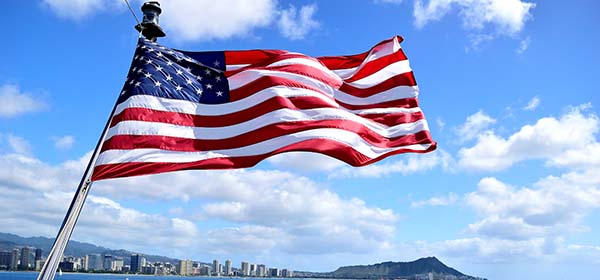
UPDATE : 2024/04/19

UPDATE : 2024/04/19
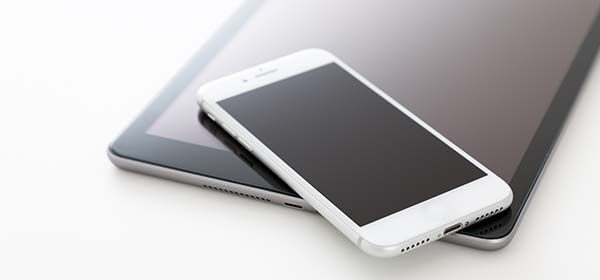
UPDATE : 2021/07/14
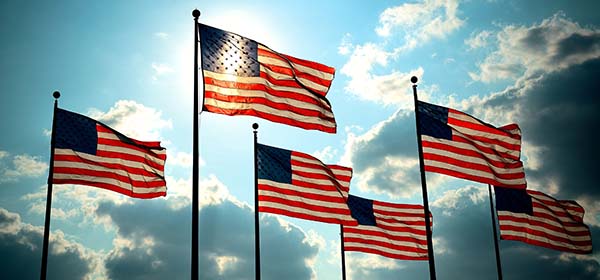
UPDATE : 2023/02/13
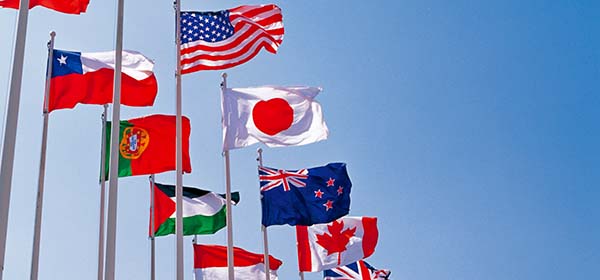
UPDATE : 2024/01/17

UPDATE : 2024/01/17
Contents
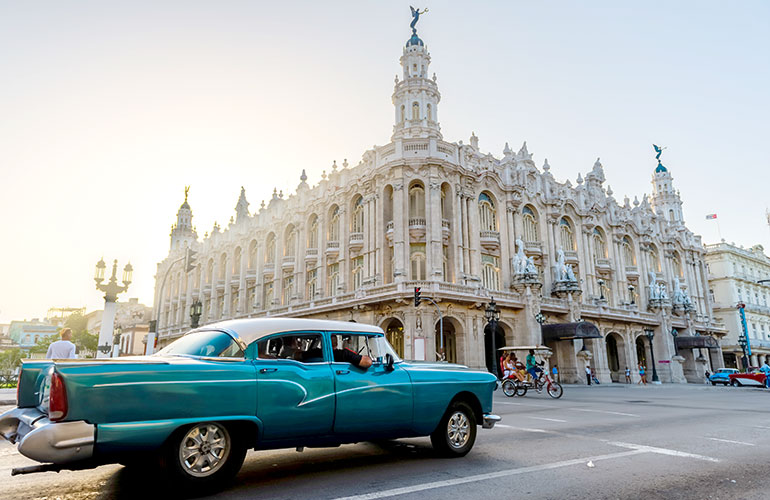
While many people are aware that ESTA is required to travel to the U.S., some might wonder whether they need to apply for ESTA when traveling to Cuba as well. In most cases, those traveling to Cuba for ordinary sightseeing purposes will need to apply for ESTA just as if they were traveling to the United States. This is because the most common routes to Cuba are via neighboring countries such as the U.S. and Mexico. In consideration of factors such as the distance from Cuba and convenience of transportation, it is recommended to travel to Cuba via the United States. Since applying for ESTA is required when traveling via the U.S. to another country, such as Cuba, travelers should prepare to apply for ESTA prior to departure.
In 2009, the U.S. introduced the ESTA system for reasons including stopping illegal entry from overseas and preventing terrorism. ESTA is a system intended to check in advance whether travelers desiring to visit the U.S. from overseas are security risks, traveling for acceptable reasons, and intend to return to their home countries swiftly after the purpose of their travel is complete. Applying for ESTA is also required not only when planning to stay in the U.S. but also when planning to change flights heading for another country at an airport in the United States. There is no need to apply for ESTA if traveling to Cuba via Mexico or Canada without traveling through the United States. Please note that ESTA is required only when traveling to Cuba via the United States.
Parties who meet the following descriptions do not need to apply for ESTA when traveling to the U.S. mainland or U.S. territories:
* However, applying for ESTA is required if staying in these regions for 45-90 days.
Exclusive ESTA lanes are available at the airport in Guam to alleviate congestion. Since obtaining ESTA can shorten the wait time for immigration screening and decrease the stress traveler face, we recommend applying for ESTA if traveling as a family or a group during a peak period.
A tourist card is required when traveling to Cuba. A tourist card is an identification document in addition to your passport. It is an important document used to screen visitors on points such as whether they have appropriate reasons for visiting Cuba and planned periods of stay, whether there is any risk that they would engage in harmful activities while in Cuba, and whether they intend to return to their home countries swiftly after completion of the purpose of their visit. Since a tourist card is required to enter Cuba, be sure to prepare to apply for one prior to travelling to Cuba. If you plan to travel to Cuba via the U.S., you will need to prepare both ESTA and a tourist card in advance.
There are three main ways to obtain the necessary tourist card when traveling to Cuba. Generally, a tourist card may be obtained by applying to an embassy directly, by applying by post, or by asking a travel agent or similar business to obtain one for you.
Travelers arriving at airports in Cuba must pass through immigration screening. Submit your tourist card during this screening. When you are allowed entry, one-half of your tourist card will be returned to you. Keep this half in a safe place, since you will need it when departing from Cuba. We recommend keeping this important document together with your passport, because if you lose it you will need to pay a fee for reissue upon departure from the country.
If traveling to Cuba via Mexico or Canada, without passing through the U.S., it is possible to enter Cuba without first applying for a tourist card. When traveling to Cuba via Mexico, there are special counters at airports in Mexico where you can have a tourist card issued. While these counters officially are intended for use by travel agents, they accept applications for tourist cards as well. Those planning to travel to Cuba who have not applied for a tourist card in advance should use this service. If traveling to Cuba via Canada by flying on Air Canada, tourist cards will be distributed on board the aircraft. You can fill out the necessary information on the card to enter Cuba. However, the cards distributed on Air Canada flights officially are intended for residents of Canada, therefore if you plan in advance to travel to Cuba we recommend applying for a tourist card before departure.
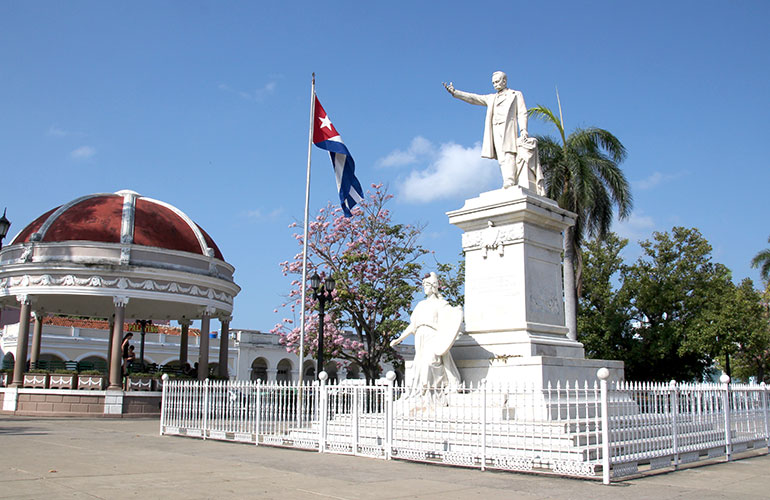
Cuba is a socialist state in Central America, occupying the Caribbean island of Cuba. Its official name is the Republic of Cuba (Republica de Cuba). With a land area of approximately 111,000 km2 and a total population of about 11.12 million (2.13 million in its capital city of Havana), its official language is Spanish and its currency is the Cuban Peso. The name Cuba comes from the indigenous people’s name for the island, which the Spanish adopted when they took over the island in the early 16th century. Even today, the Spanish pronunciation of the name Cuba resembles the indigenous pronunciation “coo-ba.” Following the Spanish-American War in 1898, Cuba gained independence in 1902, and in 1959 its socialist government was established. Despite its close proximity to the U.S., until recently there were almost no diplomatic relations between the two states. However, diplomatic relations were restored in 2015, and in 2016 the first regular flights between the U.S. and Cuba in half a century began operation. Although some restrictions were applied on commercial transactions and travel targeting persons affiliated with the Cuban military after the subsequent change in the U.S. presidential administration, there are expectations for future increases in tourism and further improvement in ties with the U.S., as seen for example in the announcements by major U.S. hotel chains of plans to open hotels in Cuba.
UPDATE : 2021/06/29